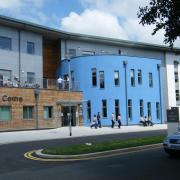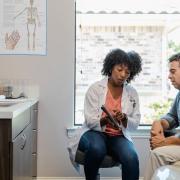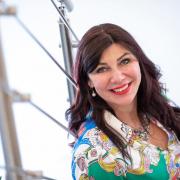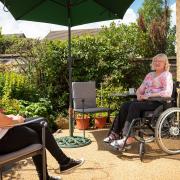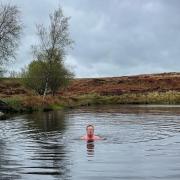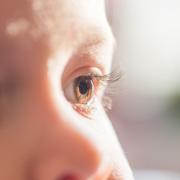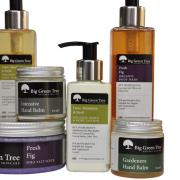A guide to complimentary medicine.
The human body is a complex machine, which we abuse horrendously. Daily wear and tear, as well as accidents and injuries, all take their toll, and have surprising effects all over the body. Complementary medicine now plays a huge part in their treatment, often taking over where an overstretched NHS can't find the answer. Some complementary practices are well known; others may be more unfamiliar:Osteopathy Diagnosis and treatment of musculo-skeletal pain arising from any joint, not just the back, by gentle manipulation and stretching of the muscles, ligaments and joints. Treatment is not painful and rarely uncomfortableReflexology - massage and manipulation of specific areas on the soles of the feet (and sometimes the ears) to identify and ease ills throughout the body and improve general health.Cranial-sacral therapy an extremely gentle therapy that holds that a misalignment in the body's framework can interrupt the natural function of body systems, giving rise to various symptoms. It focuses on relieving stress and tension and is even suitable for babies.Other therapies include chiropractic, acupuncture and reiki, which clears, straightens and strengthens the body's energy pathways, allowing the 'life force' to flow more freely. Sports injuries, too, are often treated, either traditionally or with complementary medicine, at one of the county's excellent clinics. One or more therapies can be combined to produce the optimum result. Complementary medicine ... Good for:- treating the body in a holistic way - harnessing spiritual energy to allow the body to relax and heal- combining two or more therapies to achieve a good resultnot so good for:- meeting people (see 'Gyms etc ...')





